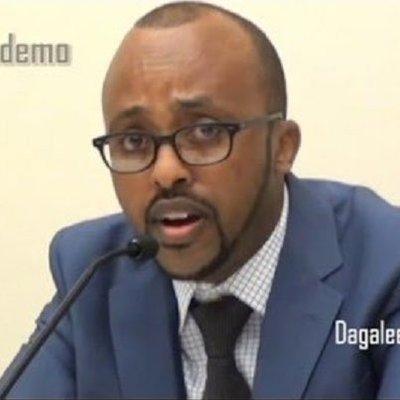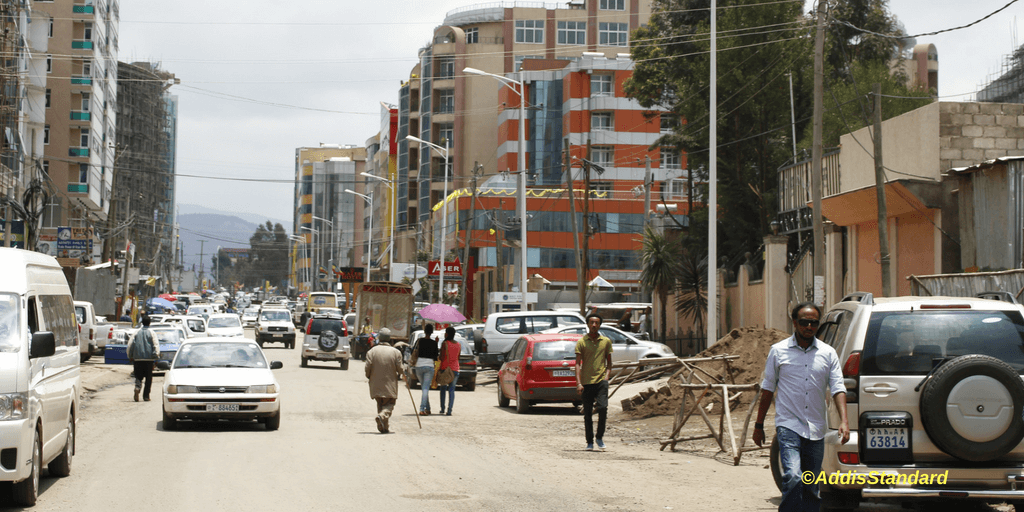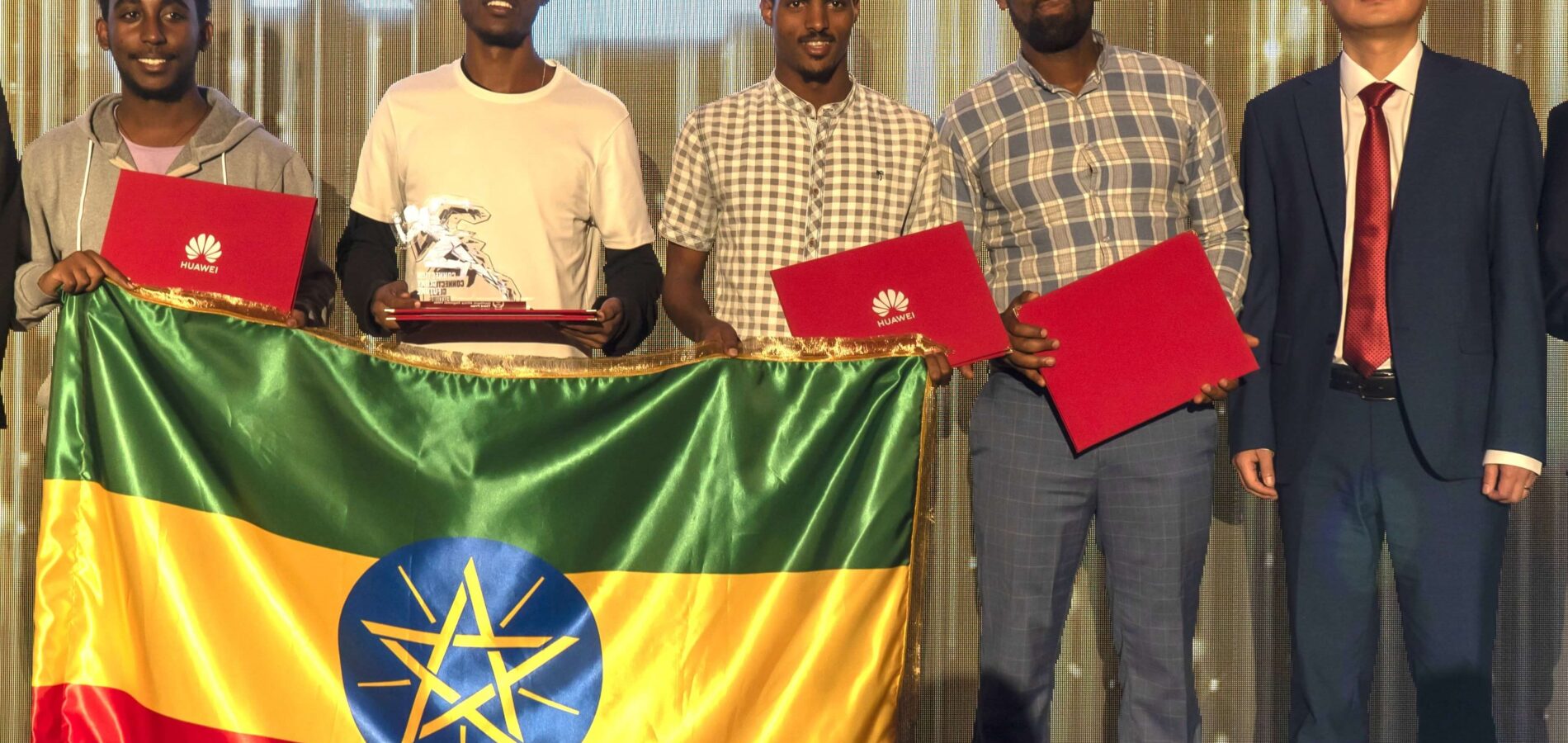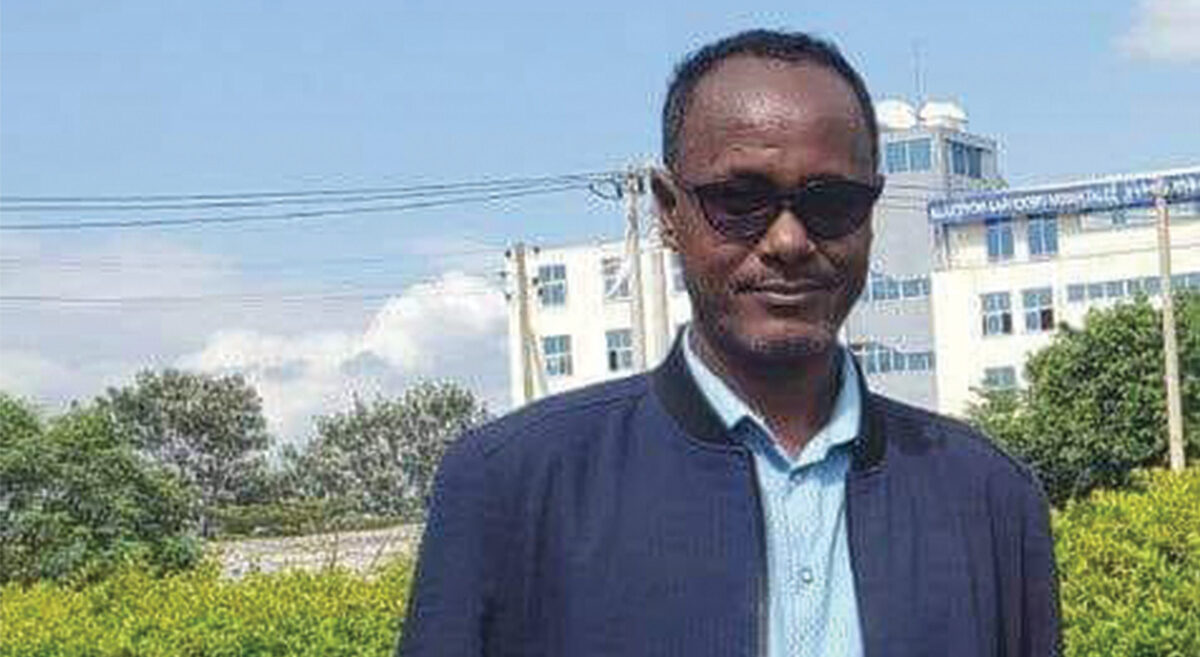Book Review: Oromo Witness: A people’s history of the Bale Oromo movement

Reviewed by Mohammed Ademo (@OPride)
Addis Abeba, August 12/2020 – In the Ethiopian popular imagination, emperors and rulers are glorified, lionized and monumentalized while the stories and histories of those who resisted their oft-brutal rules are silenced.
The oral archives of many of Ethiopia’s peoples are replete with rich stories of resistance and resilience that have much to teach us about the country’s complex history and its peoples struggles to preserve their ways of life.
One such story is about the life, legend, and legacy of Waqo Gutu Usu, which is ubiquitous in the oral Oromo chronicles.
General Waqo, who died in 2006, was the leader of the Bale Oromo movement which fiercely challenged three successive Ethiopian regimes: Haileselassie, the Derg, and the EPRDF.
At their finest hour, in the extraordinary 1960s decade, the Bale freedom fighters skillfully eluded and weighed down Haileselassie’s well-armed, well-trained and well-equipped army—making the province virtually ungovernable. It was an unprecedented and remarkable feat in the annals of that period. The emperor was so fearsome, and his power so absolute, that his subjects prostrated themselves before him. Waqo and his compatriots defied this mythical norm in launching an organized armed rebellion against the monarchy’s oppressive feudal system.
Unfortunately, the history of the Bale people’s revolt (1963–1970) and its resolute protagonists remains largely undocumented. In his debut book, Oromo Witness (scheduled for release on August 15), Abdul Dire, himself a descendant of the earliest torchbearers, recounts an epic saga of courage, resistance, perseverance, and sacrifice as told to him by one of Waqo’s faithful disciples, Hangasu Waqo Lugo.
Ethiopianist historiography depicts the Bale region as “ye shifta Ager” and truncates the history of the movement as an inconsequential “peasant” uprising. Oromo Witness, a subjective memoir of Hangasu’s experiences in the Bale revolt, is the first of its kind written from the perspective of the people. It brings to life, in over 235 pages, the underdog history of an extraordinary struggle for justice and equality through the lens of a participant observer.
The book narrates, (re)members and memorializes the bravery and heroic exploits of Waqo Lugo, Muhammad Gada Qalu, Hussein Bune Darara, Isaq Dadhi Tarre, Adam Jilo, Kadir Waqo Shaqe, Aliyyi Cirri and other compatriots of the Bale movement.
My grandfather, Ademo Cirri, died in the late 1960s fighting in the Sowra Dhombir or the Dhombir war against Haileselassie’s imperial regime. Growing up, the names of the Bale revolt leaders and fragments of their stories was a household tale. Abdul’s marvelous book documents, contextualizes, and gives voice to the people and stories I heard from my father, who also participated in the sowra. These heroes and their stories are conspicuously absent from Ethiopian historiography and collective remembering. (The revolt is known by the Bale people as Sowra/Weyra Dhombir, meaning the Dhombir revolution or war. Dhombir is the non-automatic rifle used by the Bale fighters).
Oromo Witness skillfully and vividly captures not only the deeds of these freedom fighters but also the hills and valleys through which they traversed in pursuit of justice and diplomatic support for their struggle.
The Bale Oromo fighters rebelled because they were denied a dignified existence on their ancestral land. They opposed an exploitative system of government that expropriated land and reduced the native population to the status of serfs. They resisted a feudal, gabbar system that looted their livestock, butter, and honey.
The Bale fighters knew that the existence of the Oromo people as a collective depended on their conscious acts of resistance. They had a simple motto: To root out tyranny in all of its forms in their lifetime, or, failing that, to raise a generation to finish the task. But the brave fighters did not have the hardware or training they needed to take on a feared monarchical army.
So, they turned to a friendly neighbor, Somalia, using pre-existing people-to-people linkages and exchanges. Their diplomatic maneuvers helped for a time, but they soon ran into the fundamentals of realpolitik. Somali authorities wanted to use the Bale fighters as pawns in their expansionist Greater Somalia ambitions. It was a dilemma of epic proportions. The state requires you to give up your identity to exist; the ally requires you to give up your identity to resist. But it was of course a bargain the Oromo rebels could not accept. Undeterred, Waqo and his struggle stalwarts soldiered on, convinced by the singularity of their aim and the righteousness of their cause.
In the end, after several failed attempts to crush the movement, Haileselassie was forced to sign a truce to put down the rebellion. The intergenerational Oromo struggle did not end there. Waqo’s generation had to start over a couple of times. Much has changed for the Oromo people since Waqo’s death. The EPRDF regime that exiled him is no more. But Abdul reminds us that we can’t rest on our laurels, as there is still much work that remains to be done.
The author first met General Waqo Gutu when he was 15 years old. The battle-tested leader impressed upon him the importance of education as a tool to fulfill the dreams of Oromo emancipation. Abdul recalls that he “did not have an answer” for the revered General’s questions at the time. By writing Oromo Witness, Abdul has now honored his ancestors and fulfilled his own and their dreams, too.
Hangasu, the main protagonist in the book is now in his 60s. He’s one of the few remaining living witnesses of the Bale people’s struggle. Abdul has written a profile-in-courage of Hangasu and those who inspired, shaped, and molded him. Hangasu’s courage, strength, and endurance are awe-inspiring.
Even in snowy Minnesota, where his experiences and his lifelong struggle for liberty did not always work in his favor, as Abdul notes distressfully, Hangasu continues to organize the Oromo. Like his uncle Waqo Gutu, Hangasu has championed education as a tool for liberation. He now builds schools and sponsors young students.
Oromo Witness is a book about the conspicuous gallantry, intrepidity and ingenuity of the Bale movement leaders. The silences, omissions, and erasures – deliberate or otherwise – of the Bale rebellion and other resistance movements (of Somali, Sidama, Wolaita, etc) from the mainstream narrative is an indictment on Ethiopian history. The proper acknowledgment of the pains and memories of the hitherto oppressed masses could serve as a prelude to a more equal, just, inclusive, and hopeful future for all Ethiopians where all forms of injustices are uprooted.
Abdul has challenged us to bear witness to the sacrifices of Bale resistance leaders; to memorialize their victories; to pick up the torch and move the goalpost further afield. I hope this book inspires others to write about the (hi)stories of other silenced struggles both as a way of reckoning with our complex past and as an enduring monument to the broad shoulders that have enabled my generation to proudly sing, Jirra (We are here. We exist). AS
_______________________________________//_________________________________

Editor’s Note: Mohammed Ademo is the founder and editor of OPride.com, a website about Oromo and Ethiopia.







